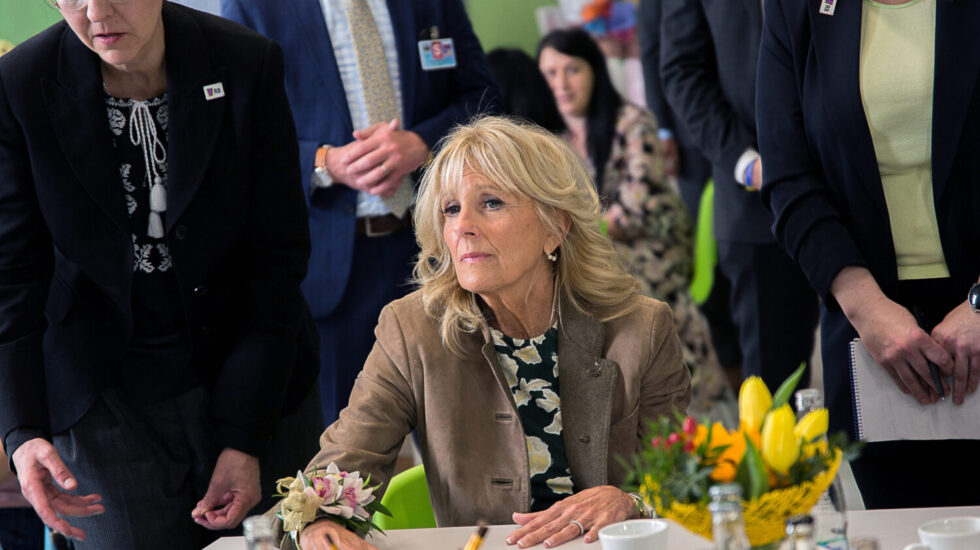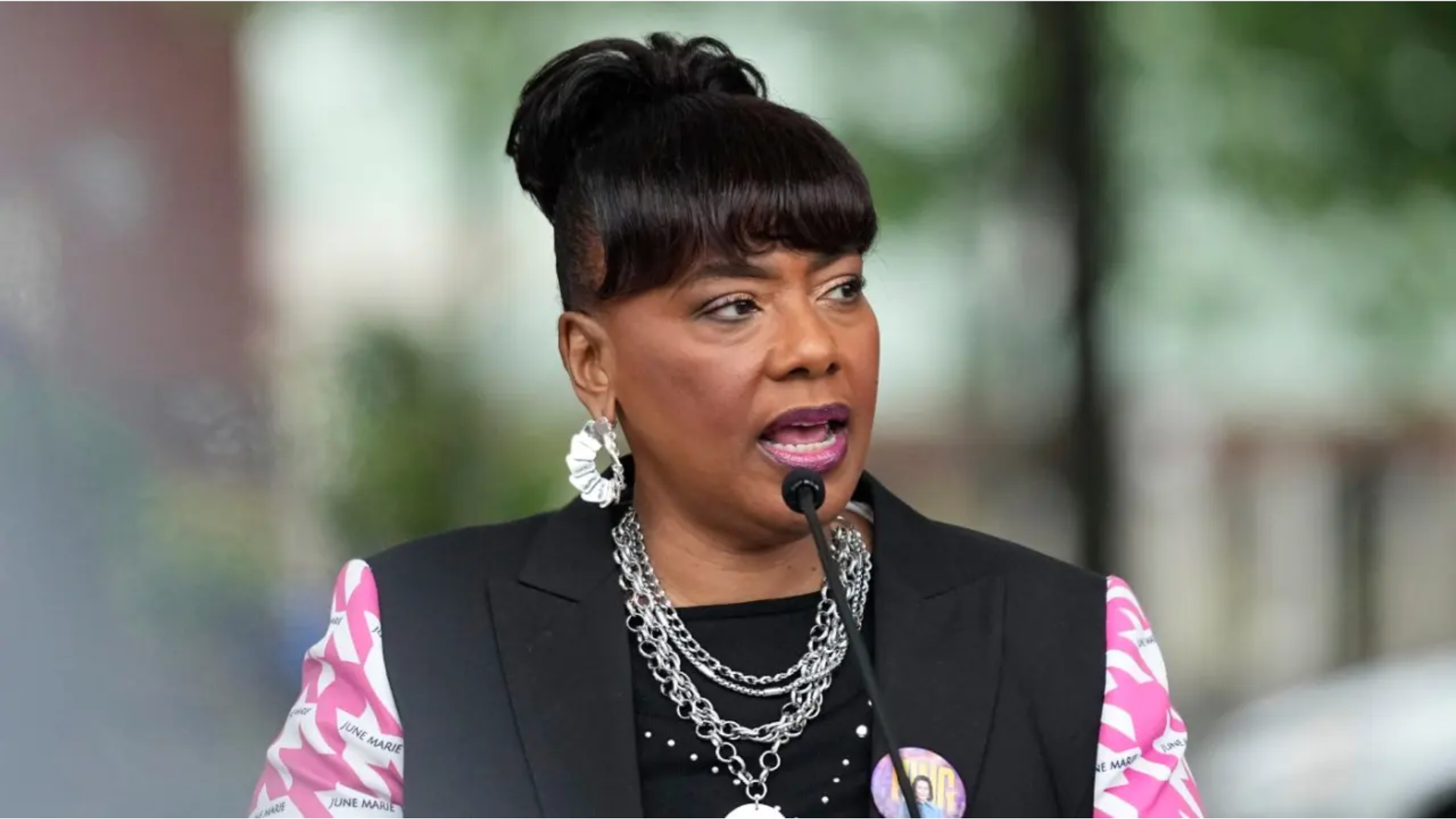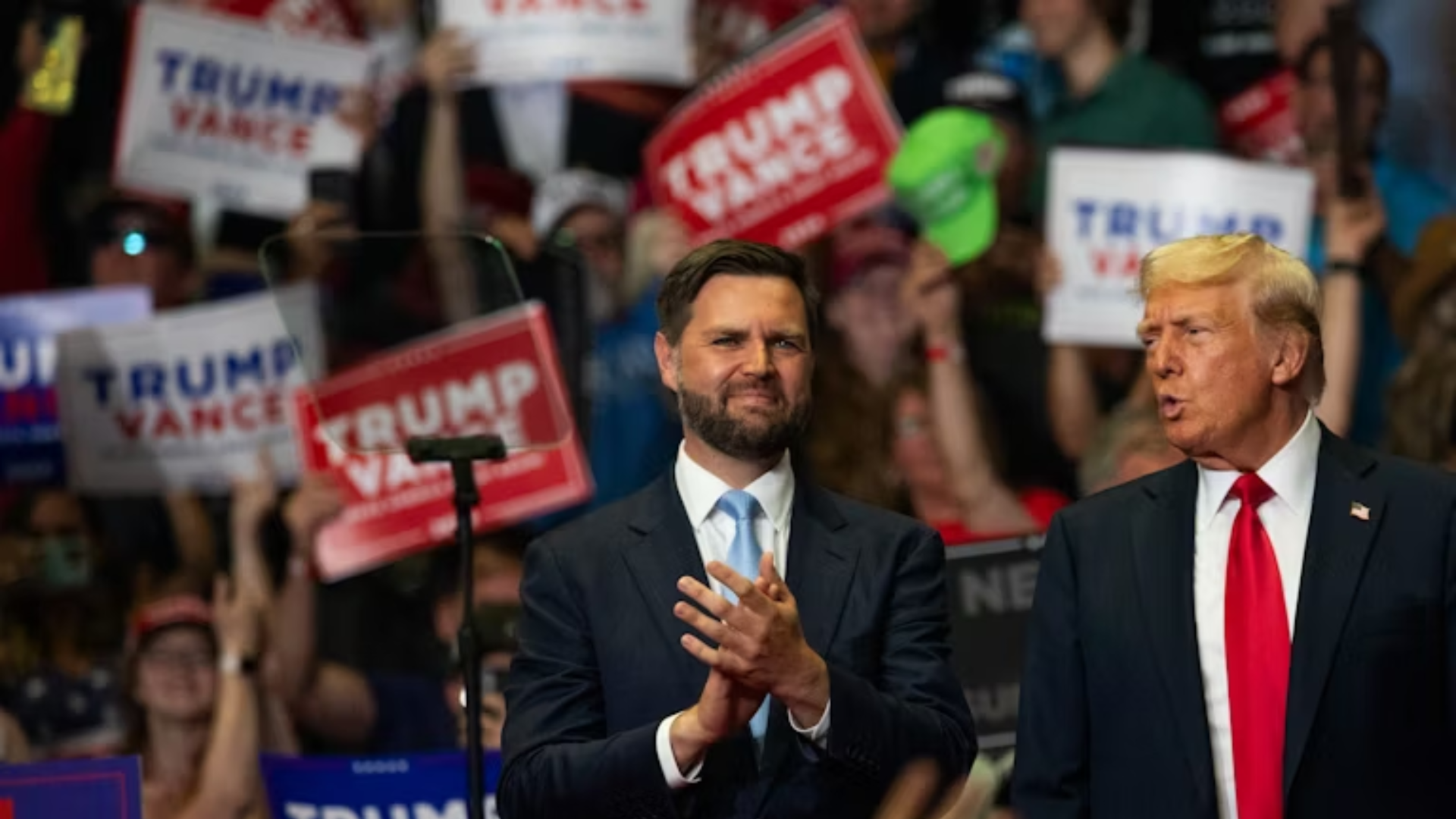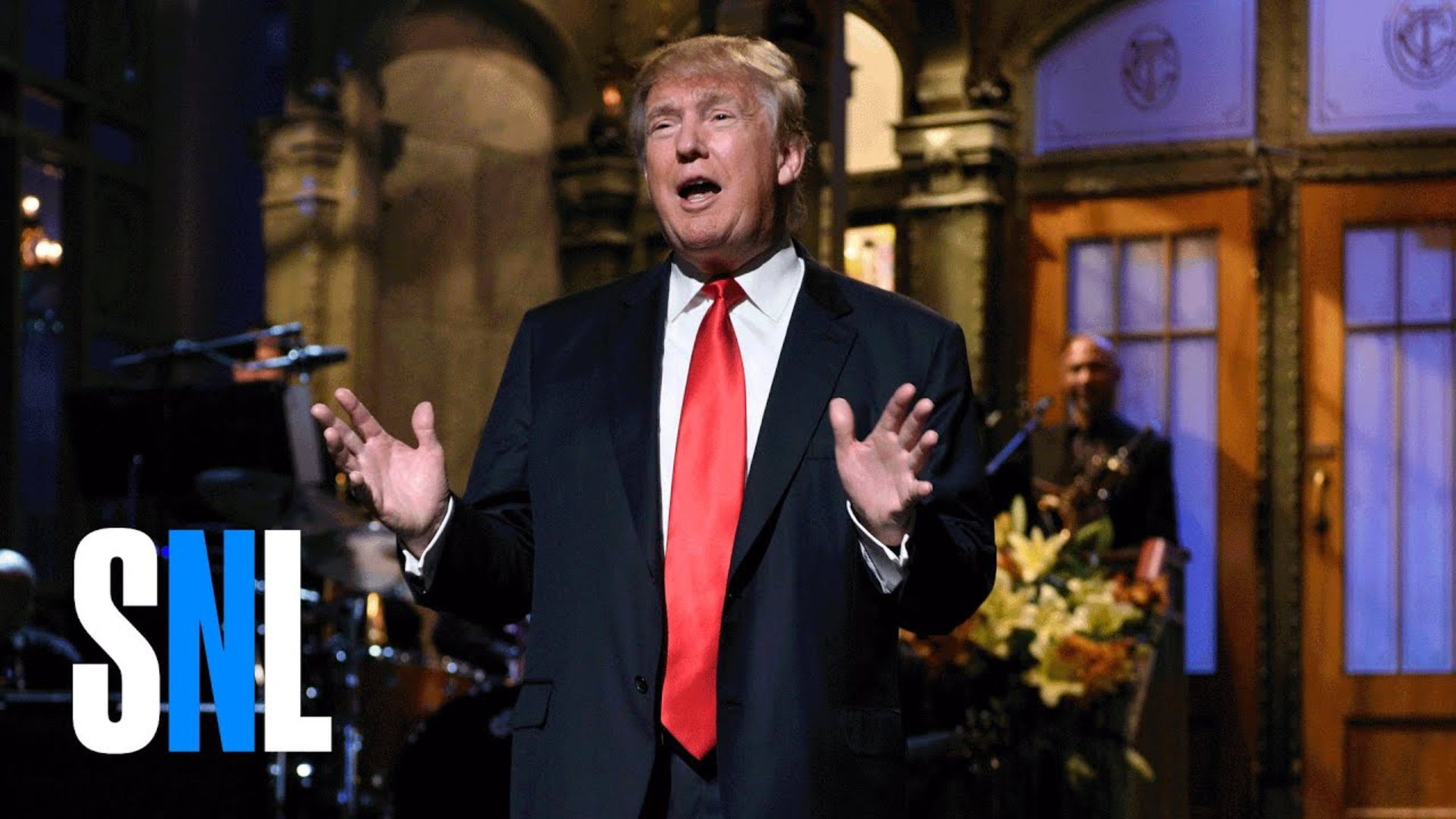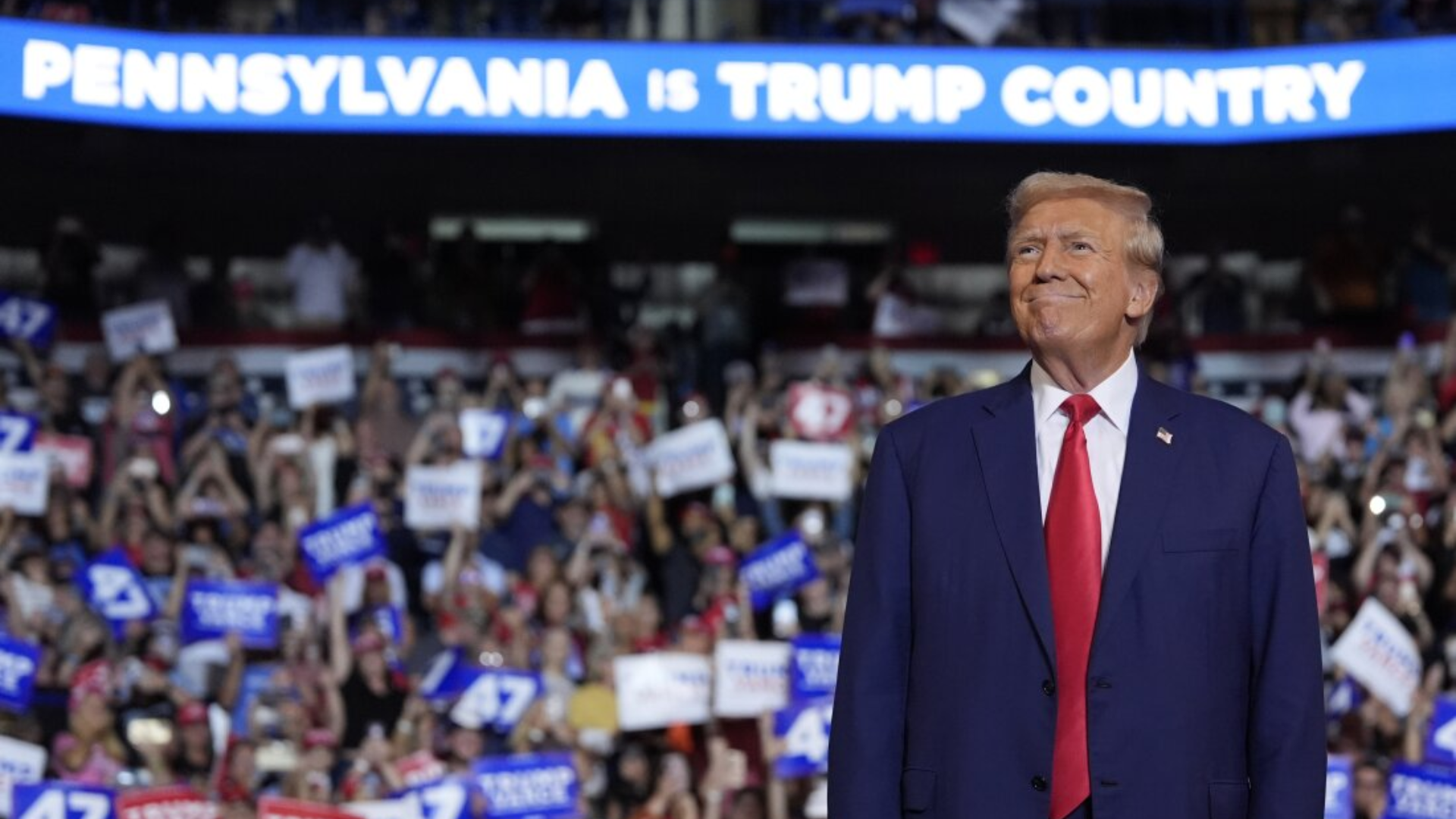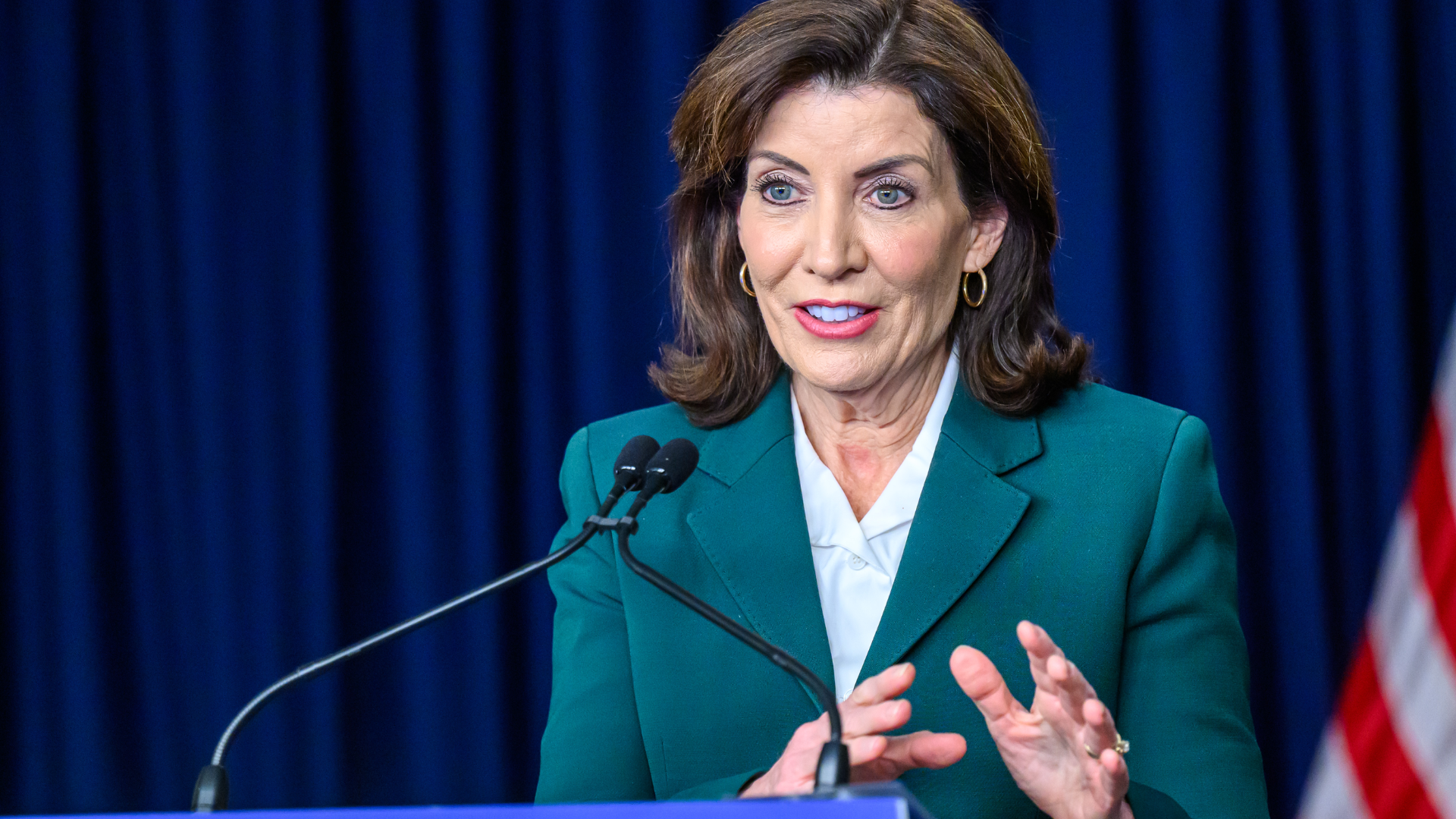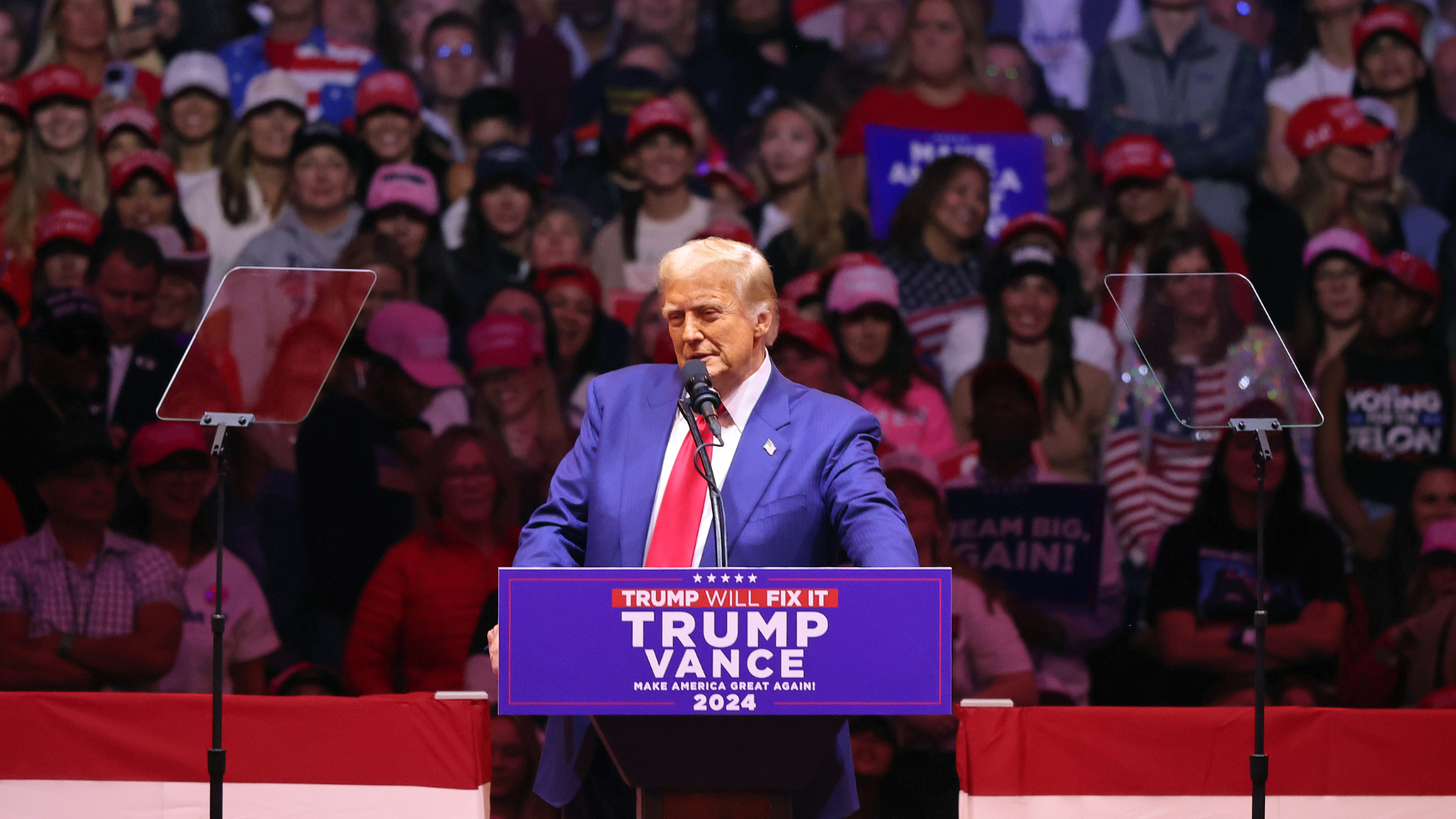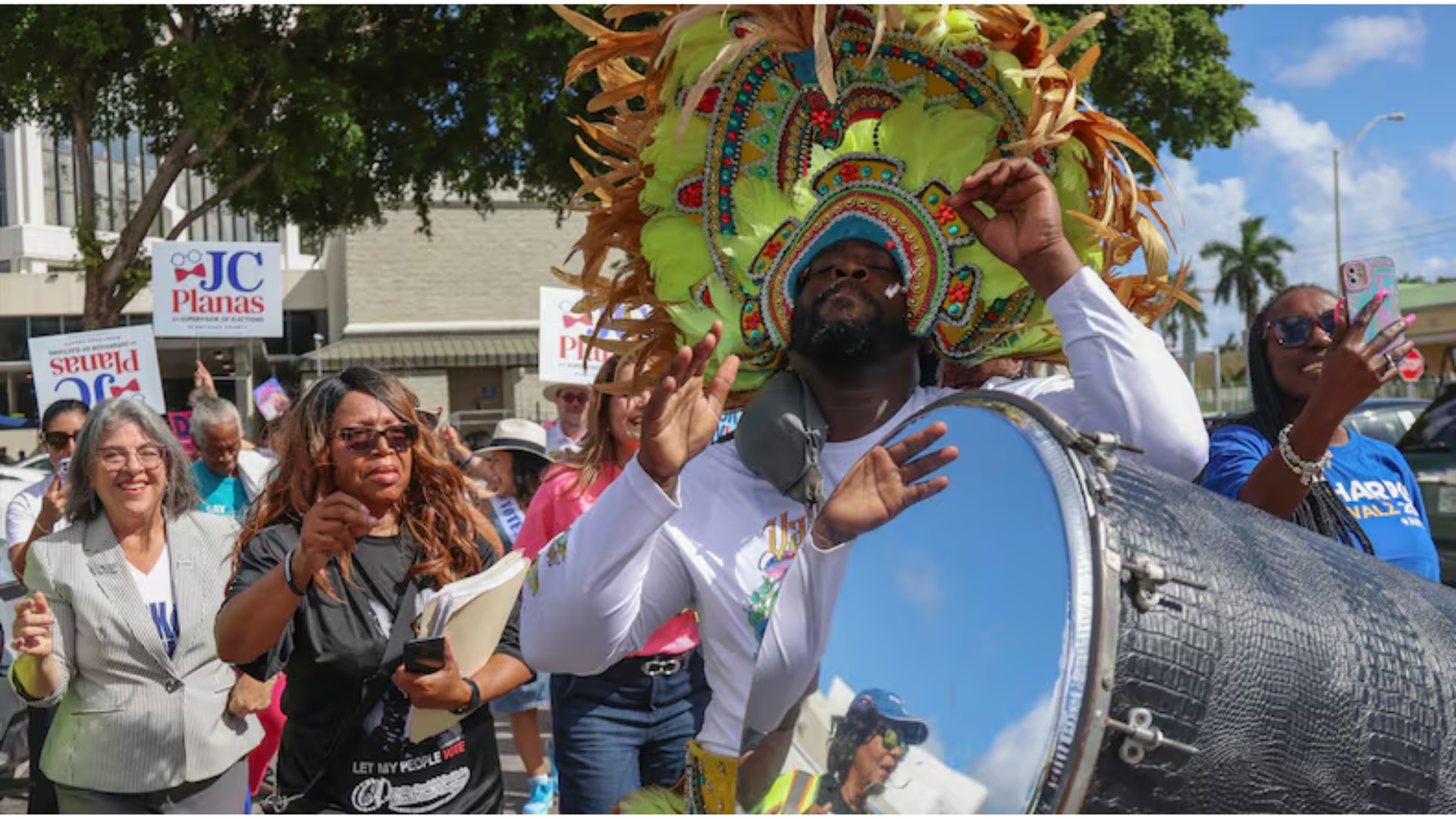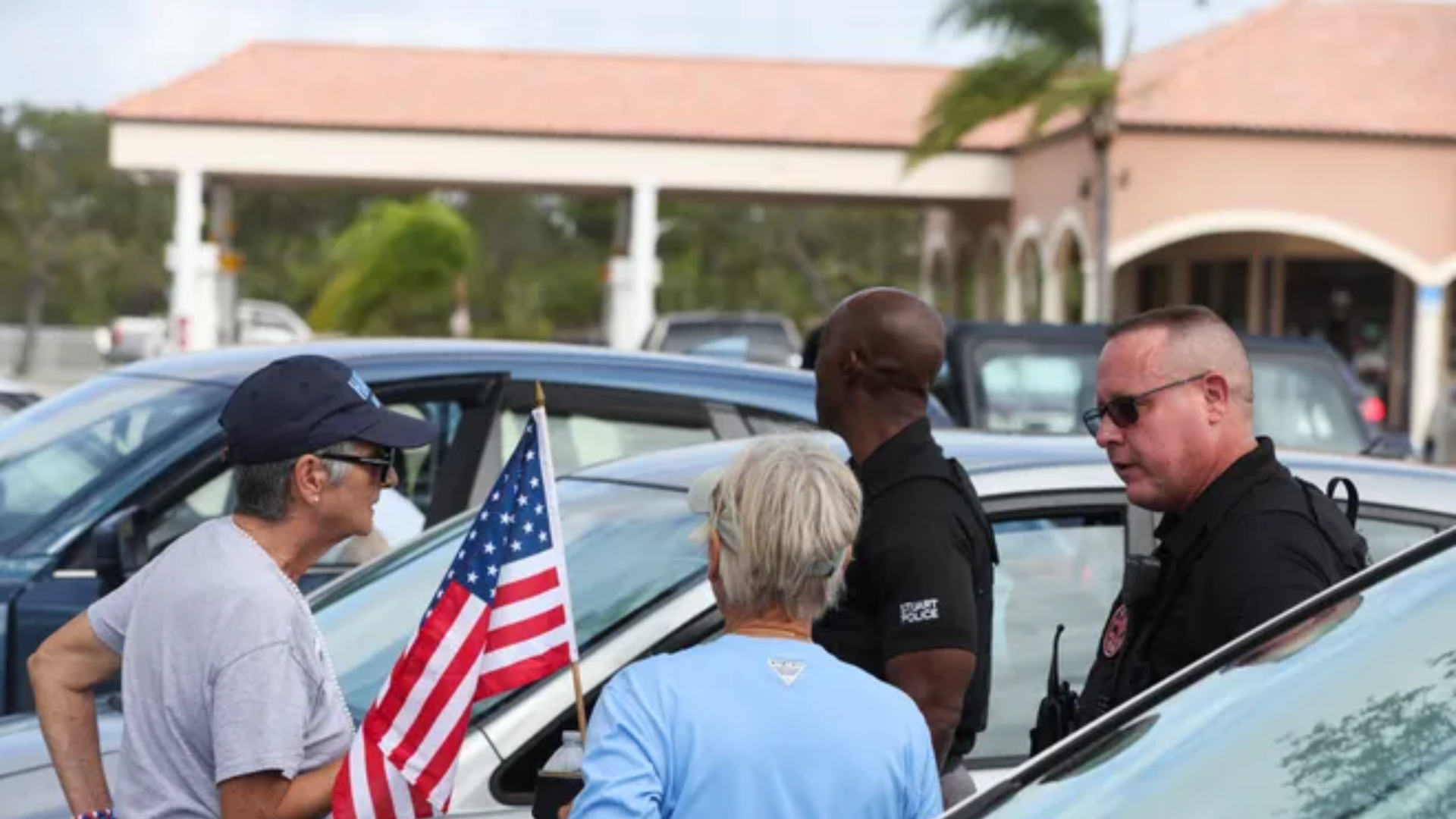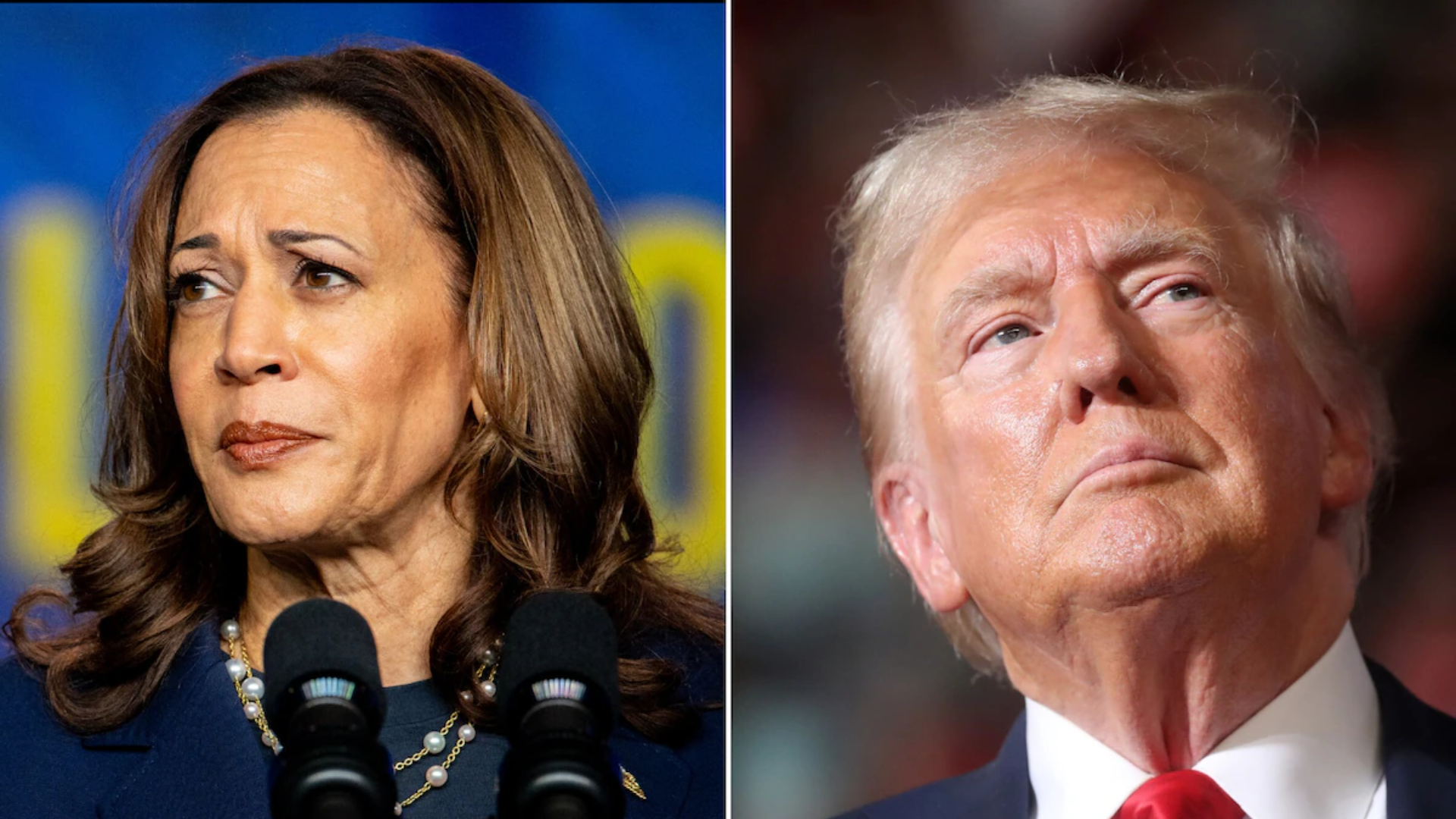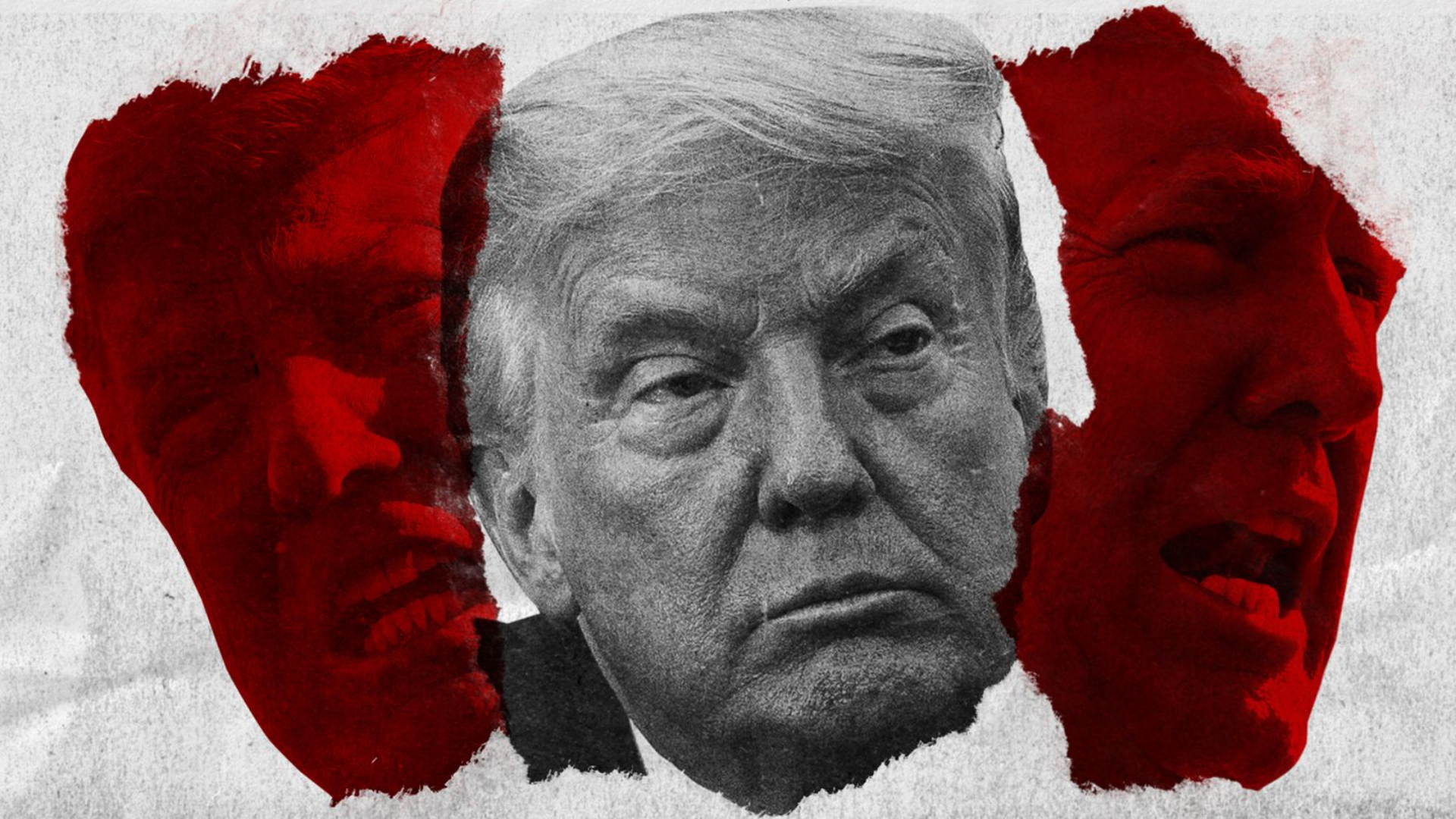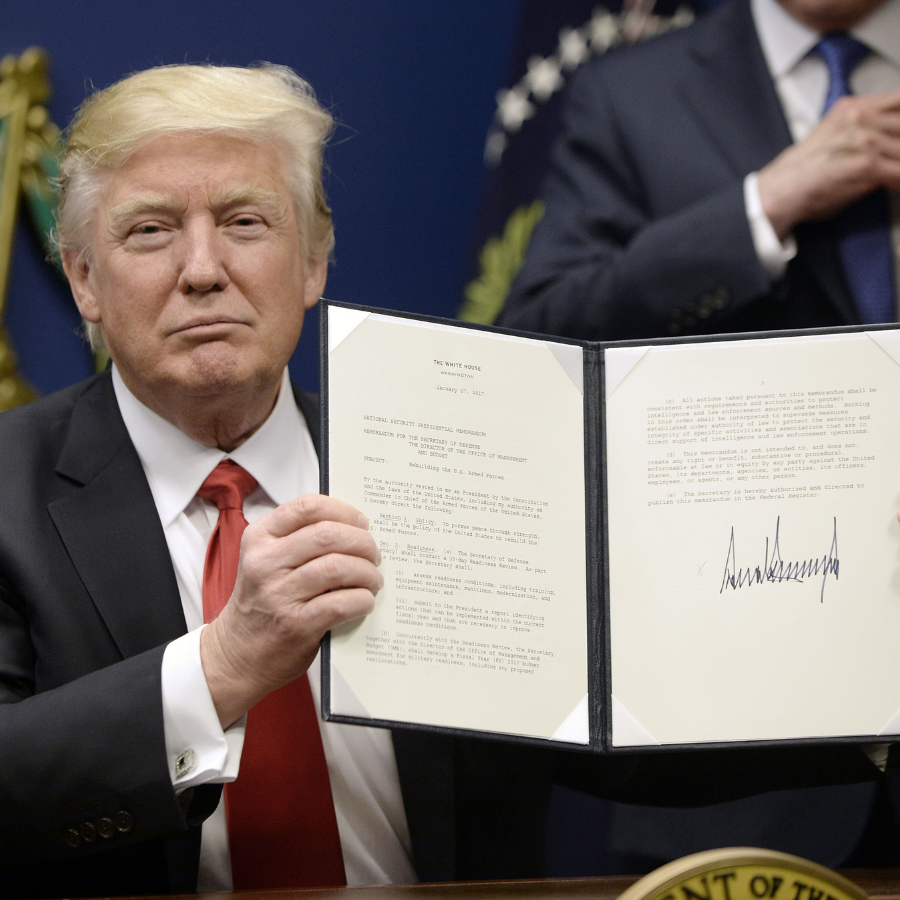
In a bold and polarizing rally held at Madison Square Garden, former President Donald Trump set a new tone for his closing argument as he vies for a second term in the White House. Anchoring his speech on issues of immigration, Trump pledged a radical “Day 1” deportation initiative to counter what he termed an “immigrant invasion.” This controversial rhetoric underlined his intent to enforce hardline immigration policies, appealing to his base while stirring debate nationwide. As Trump’s team continues to fend off allegations of authoritarianism and fascism, particularly following statements from his former chief of staff John Kelly, this rally has further highlighted the intense ideological divide shaping the 2024 presidential race.
The Rally’s Atmosphere and Statements
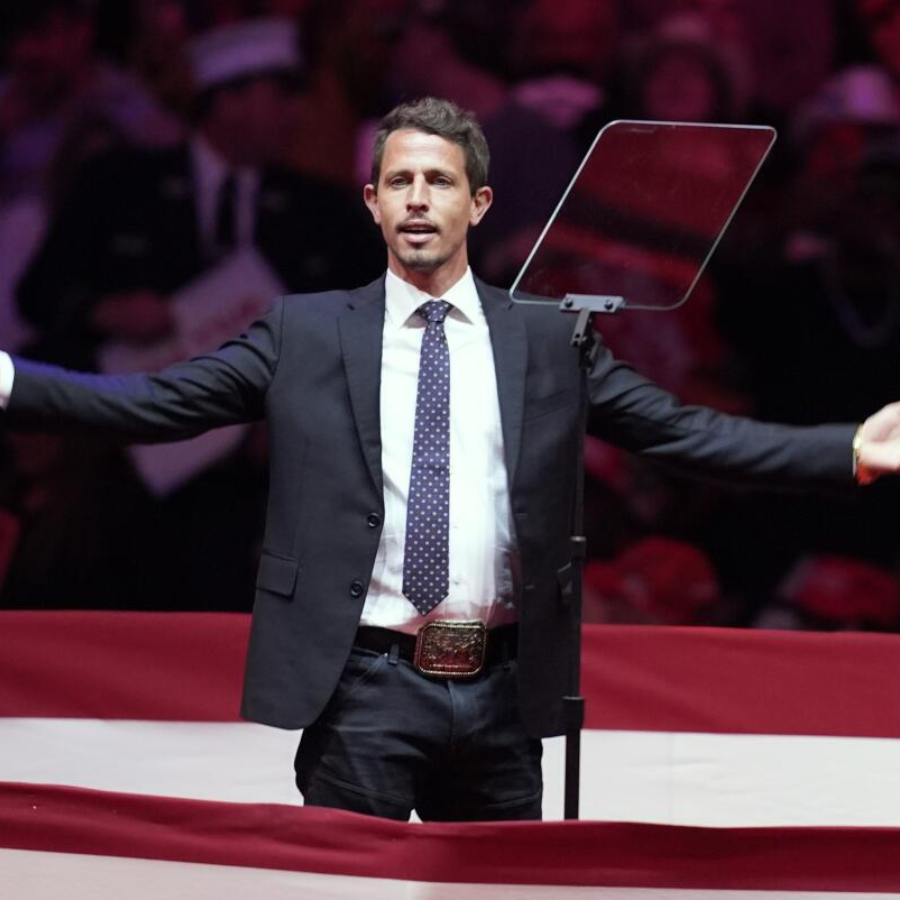
Sunday’s rally, billed as the launch of Trump’s final push for a historic comeback, witnessed some of his supporters using harsh, race-based rhetoric. Notable speakers included David Rem, who disparaged Kamala Harris with inflammatory language, and comedian Tony Hinchcliffe, who controversially referred to Puerto Rico as a “floating island of garbage.” The Trump campaign quickly distanced itself from Hinchcliffe’s remark, with spokesperson Danielle Alvarez clarifying that the comment does not reflect Trump’s views.
Meanwhile, Trump’s address was characterized by numerous exaggerations and controversial statements, aimed at energizing his supporters and reinforcing his hardline stance on immigration. For instance, he framed the United States as an “occupied country,” painting immigration as a direct threat to American sovereignty and security. His rhetoric on immigration drew criticism for echoing far-right nationalist sentiments, but it also served to solidify his appeal to conservative voters.
Economic Argument as a Counterbalance
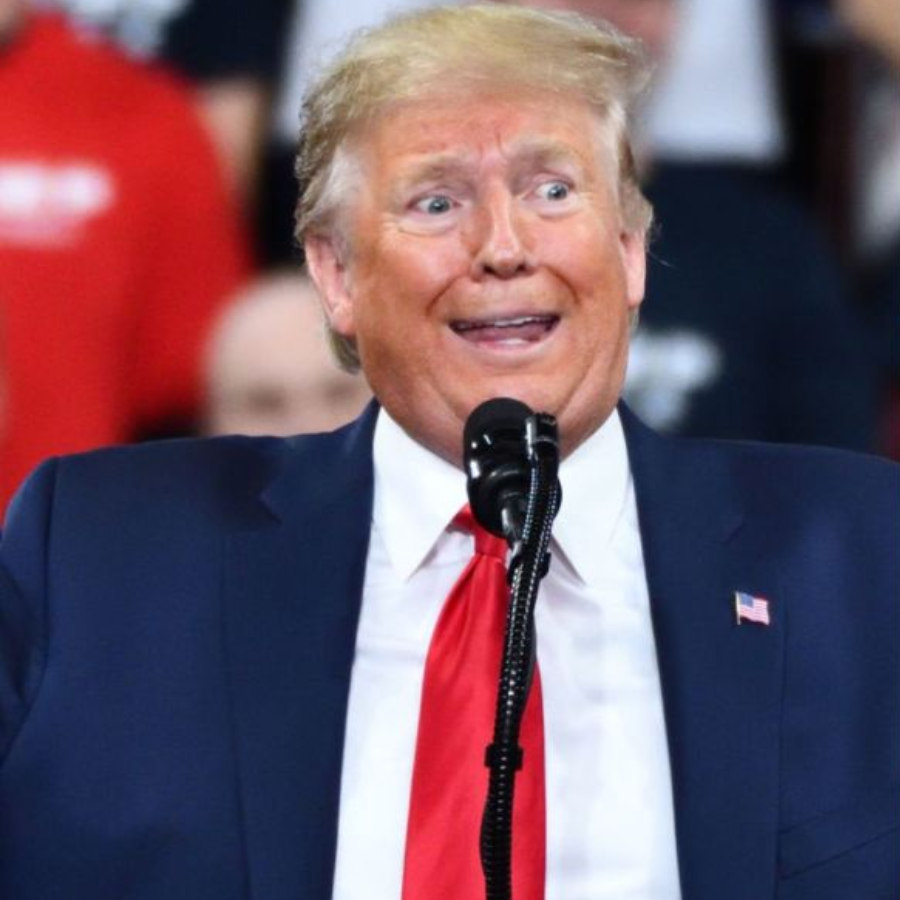
In addition to his hardline stance on immigration, Trump emphasized economic recovery, aiming to capitalize on frustrations over inflation and rising costs. He questioned the crowd, “Are you better off now than you were four years ago?” positioning himself as the candidate who can address Americans’ economic concerns. Trump promised to “end inflation” and “bring back the American dream,” arguing that the current administration’s policies have led to economic struggles for everyday Americans.
Trump also introduced a proposed tax credit for family caregivers, presenting it as a solution to challenges facing middle-class families. This proposal comes shortly after Kamala Harris unveiled her own plan to have Medicare cover home health care, setting the stage for a policy showdown between the two candidates.
A Clear Choice for Voters

As the election approaches, Trump’s uncompromising rhetoric and focus on base-driven issues present a sharp contrast to Kamala Harris’s message. Harris is campaigning on promises of stability and a return to democratic norms, hoping to appeal to moderate Republicans and independents who may be wary of Trump’s approach. Her campaign has labeled Trump as a potential threat to the rule of law, referencing his history of inflammatory language and actions that have tested constitutional boundaries.
Trump’s return to harsh anti-immigrant rhetoric mirrors his approach in 2016 when he campaigned on the claim that Mexican migrants were undermining the American economy and society. Eight years later, he is once again suggesting that immigrants are the root cause of economic difficulties for Americans, a tactic that has been historically employed by far-right leaders.
In the coming days, voters will face a stark choice between two very different visions for America’s future: one rooted in Trump’s promise of aggressive reform and economic revival through extreme measures, and Harris’s commitment to stability, inclusivity, and a more restrained approach to governance. The outcome of this high-stakes election will reveal which direction Americans want their nation to take as it moves forward.
